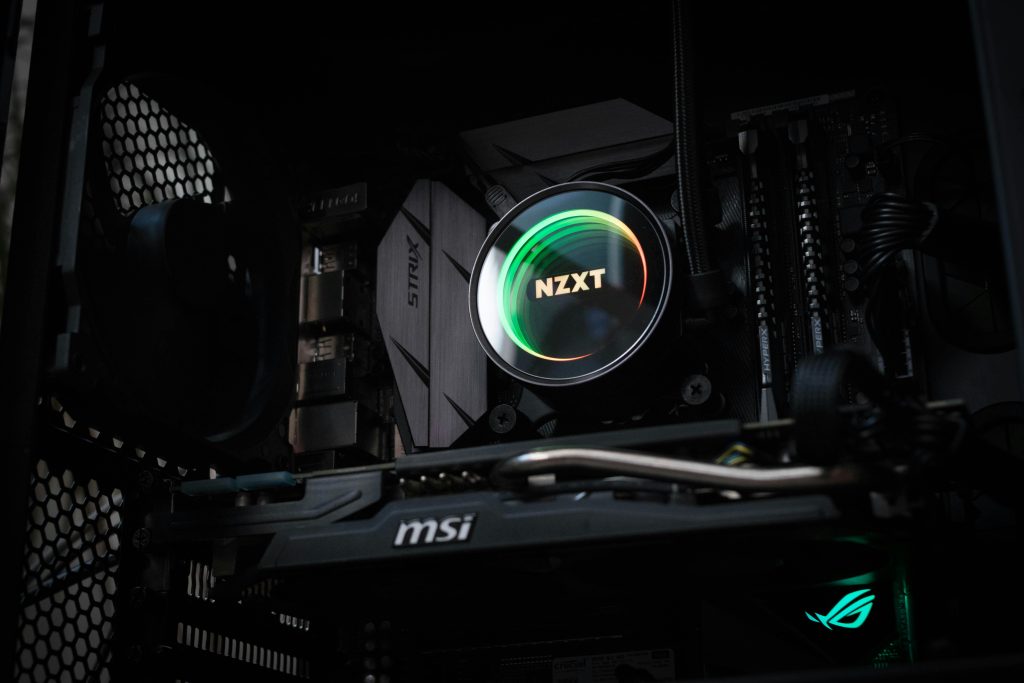Understanding and Resolving LAN Speed Limitations Caused by Windows SMB Encryption
In network management, achieving optimal transfer speeds is essential, especially when working with large files across LAN environments. However, some users encounter perplexing limitations, such as caped LAN transfer speeds despite having gigabit connections. This article explores a real-world scenario where a Windows user experienced a significant bottleneck in LAN transfer speeds and details the steps taken to identify and resolve the issue.
Identifying the Network Bottleneck
The user observed that while their WAN connection maintained a robust speed of approximately 110 megabytes per second, LAN transfer speeds were limited to around 30 megabytes per second. Key points noted were:
- The issue persisted regardless of whether the connection was via Ethernet or Wi-Fi.
- Cables and hardware components were confirmed to be functioning correctly, as other devices achieved gigabit speeds without issue.
- Network configurations, including drivers and Windows settings, had been tested and reset without success.
- The problem was consistent across different Windows installations and driver versions.
Initial Troubleshooting and Insights
Multiple troubleshooting steps were undertaken:
- Verifying physical connections to rule out faulty cables.
- Testing with different drivers, including the latest from Realtek.
- Resetting network configurations within Windows.
- Ensuring that no third-party software was influencing network behavior.
Despite these efforts, the transfer rate remained capped at 30 MB/s. This persistence indicated that the cause was likely rooted in Windows settings rather than hardware or external software.
Identifying the Root Cause: SMB Encryption in Windows 10 22H2
The breakthrough came when examining recent Windows updates. Notably, the user discovered that the speed limitation coincided with the activation of SMB encryption introduced in Windows 10 22H2 (also known as Windows 24H2). SMB (Server Message Block) is a protocol used for sharing files and printers over a network, and encryption adds a layer of security.
In some cases, SMB encryption can introduce overheads that impact transfer speeds, especially on trusted networks where encryption might be deemed unnecessary.
Solution: Disabling SMB Encryption
The user resorted to disabling SMB encryption to restore optimal speeds. This was achieved through straightforward PowerShell commands that modify the Windows registry. It’s important to note that disabling encryption can expose data on untrusted networks; therefore, caution is advised when applying these settings.
To disable SMB encryption:
“`powershell
Set-ItemProperty -Path “HKLM:\SYSTEM\CurrentControlSet\Services\
Share this content:



